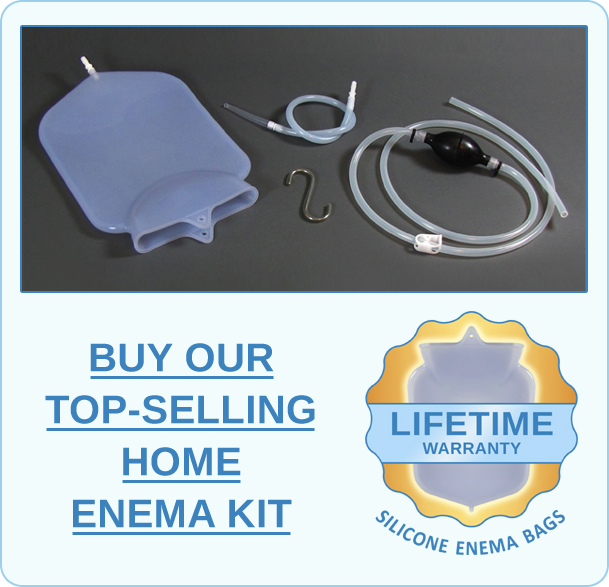Don't Make Soy a Staple
by Stephanie Carnes
OHN Contributor
Those who eat soy often point to its consumption in Asia. Although it is true that soy is part of the Asian diet, traditionally it was eaten in its fermented state, processed to remove the toxins, and eaten with meat. In Japan it is eaten with fish, and in China, with pork. It is not considered a replacement for animal foods and never constitutes more than 1 to 2% of total caloric intake. In Japan, the average consumption of soy is 10 grams—about two teaspoons—per day. The same is true of China. In short, although Asians include soy in their diet, they consider it a condiment and eat it in small amounts—never as a staple.
Soy is a heavily promoted food in the United States. Sally Fallon explains that while she was researching phytic acid for her book Nourishing Traditions, she kept reading about the high levels of phytic acid in soy. She found:
- Reports written by the soy industry in the 1970s on how they were trying to get phytic acid and also enzyme inhibitors out of the soy by processing and how difficult this was to do.
- The Rackis studies showing the damage to the pancreas of rats consuming processed soy protein in industry-sponsored studies.
- A quote on how they were going to market soy as a health product to the upscale market in order to have it accepted by the general public.
How to Read a Label for Soy
Effective January 1, 2006, foods covered by the FDA labeling laws that contain soy must be labeled in plain English to declare that it “contains soy.” However, there are many foods and products that are not covered by FDA allergen labeling laws, so it is still important to know how to read a label for soy ingredients. The following is a list from Kids With Food Allergies to help you understand the hidden ingredient names for soy protein.
Contains Soy:
| Edamame (soybeans in pods) Hydrolyzed soy protein Kinnoko flour Kyodofu (freeze dried tofu) Miso Natto Okara (soy pulp) Shoyu sauce Soy albumin Soy bran Soy concentrate Soy fiber Soy flour Soy formula Soy grits Soy milk Soy miso Soy nuts Soy nut butter Soy protein, soy protein concentrate, soy protein isolate |
Soy sauce
Soy sprouts Soya Soya Flour Soybeans Soybean granules Soybean curd Soybean flour Soy lecithin* Soybean paste Supro Tamari Tempeh Teriyaki sauce Textured soy flour (TSF) Textured soy protein (TSP) Textured vegetable protein (TVP) Tofu Yakidofu Yuba (bean curd) |
*Products that are covered by the FDA labeling laws and contain soy lecithin must be labeled "contains soy".
If you are taking part in the OHC Cleansing Plan (Optimal Health Center), it is recommend that you avoid soy altogether. This will give your body a chance to clear out any soy sensitivity. After this plan, you may or may not want to add soy back into your diet as a fermented food in small amounts.
SOURCE: Ten Days to Optimal Health (Amelong 2006)
Labels: phytic acid, Sally Fallon, soy, Ten Days to Optimal Health










0 Comments:
Post a Comment
<< Home